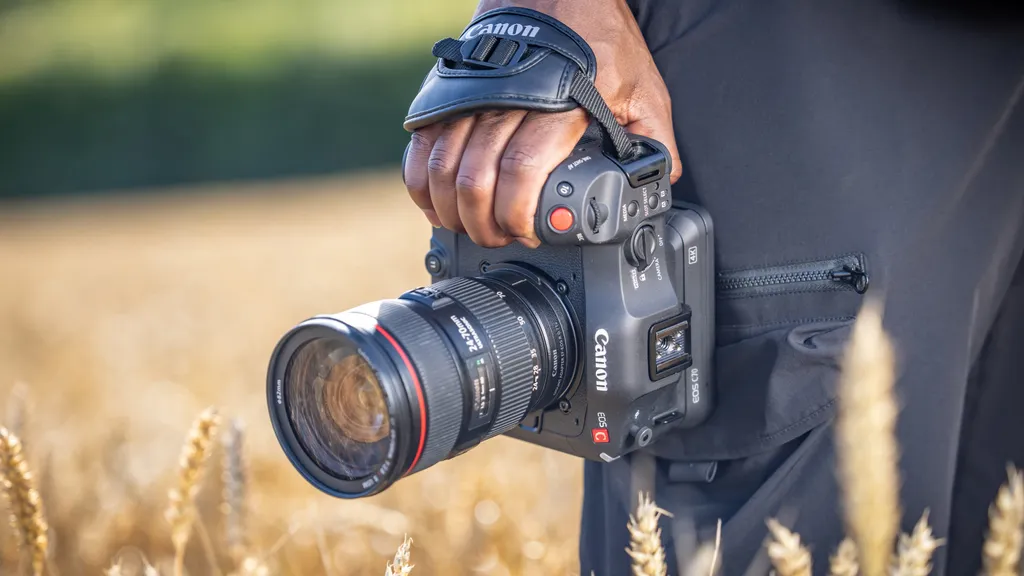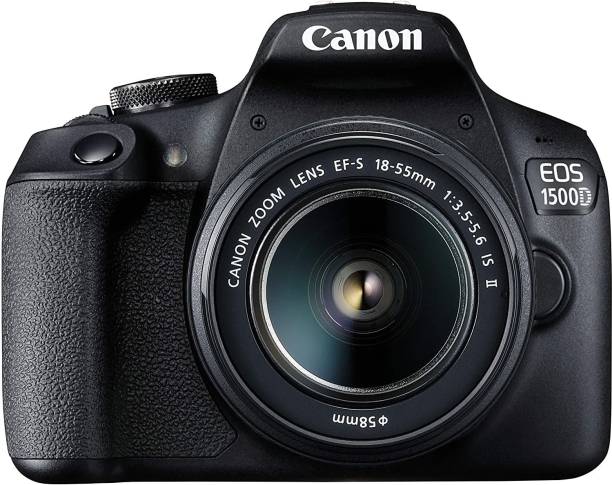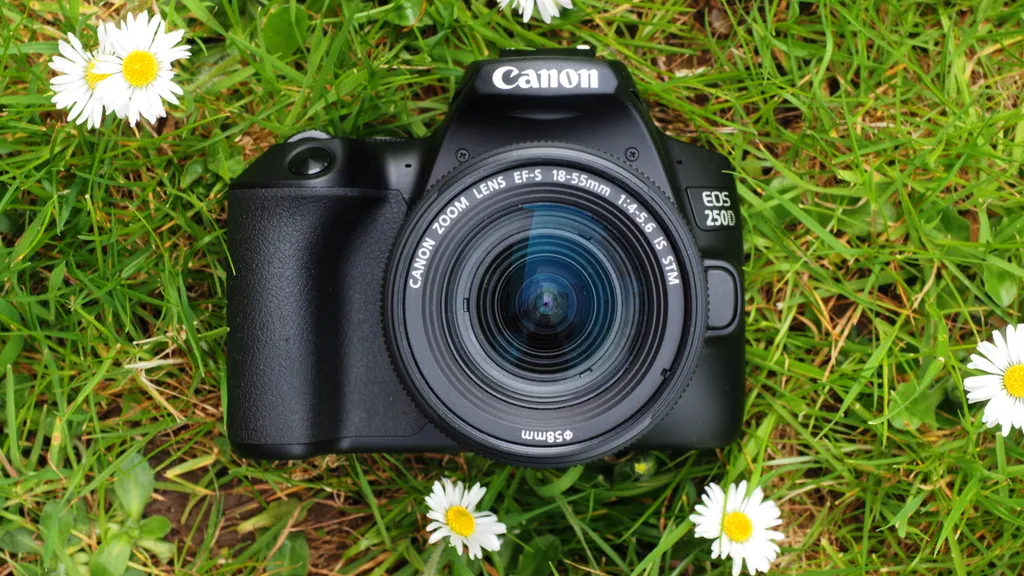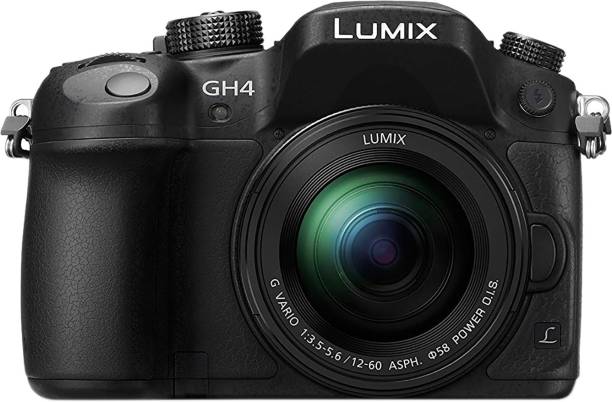camera who made it
A camera who made it is a camera that has reached the end of its production cycle and is no longer manufactured or sold. For decades, most cameras either have been produced or discontinued within 3-5 years of their introduction in a market. But by 2016, five years had passed since the introduction of many models for sale and only 14% could still be found on retail shelves.
Image source: https://pinterest.com/
One reason for this trend is the rise in popularity of smartphone photography and reduced demand for traditional cameras with film; consumers are often buying smartphones first rather than cameras before taking pictures on smartphone apps or social media platforms.
Image source: https://www.youtube.com/
Another reason is the widespread availability of digital cameras and smartphones that can take high-quality photos and record video.
Image source: https://www.amazon.in/
Many consumers are unwilling to pay an additional fee or pay with an extended contract to buy a camera they will use only occasionally, or that they might not use at all.
Image source: https://www.croma.com/
Digital camera sales have been declining steadily since 2012, while smartphones have held steady since 2012 and now outsell regular digital cameras 9 to 1.
Image source: https://www.digitalcameraworld.com/
It is predicted that total digital camera sales will fall by 2015, surpassing 10-million units in just 2 years. The worldwide number of digital camera models in production has also dropped significantly.
Image source: https://www.flipkart.com/
As early as 2016, camera makers are putting more emphasis on sleeker designs that attract smartphone users and less on fancy features, such as waterproofing, optical zoom capabilities and other sophisticated specifications.
Image source: https://www.reliancedigital.in/
There has been a growing demand for smaller and higher quality cameras for smartphones. This trend is expected to continue until 2021, in which manufacturers of compact cameras will be forced to compete with smartphone makers by incorporating better technology into their devices.
Image source: https://trustedreview.in/
Although there will be fewer cameras on the market, this new technology is likely to revitalize the camera industry.
Image source: https://www.youtube.com/
German-based manufacturer Leica Camera AG announced in February 2013 that it would cut 15% of its workforce and close one-third of the company’s five manufacturing plants, blaming the decline in sales.
Image source: https://pinterest.com/
The announcement came shortly after news that Leica would cease production of its M series cameras and move to modular models instead.
Image source: https://www.amazon.in/
In November 2012, the company had withdrawn an improved version of its high-end digital rangefinder camera, and cut about 33% of its workforce that month.
Image source: https://www.croma.com/
Japanese camera maker Pentax announced on October 25, 2013 it would stop selling digital cameras from 2013 onward and focus on digital SLRs for professionals, a day before Nikon announced plans to do the same. In Pentax’s case, it was also a consequence of its alliance with Hoya Corporation.
Image source: https://www.digitalcameraworld.com/
The company’s last compact digital cameras were the Optio WG-3 and the *ist DS2, which were released in 2010 and 2011 respectively.
Image source: https://www.flipkart.com/
German camera maker Leica announced on January 25, 2014 it would also stop selling its digital rangefinder camera by 2015. Since 2013, the M9 could only be bought through an Internet auction for several thousand dollars due to a shortage of stocks. It was replaced by the M (Typ 240).
Image source: https://www.reliancedigital.in/
In February 2014, Finnish manufacturer Nokia sold its camera phone business to Microsoft for $250 million.













Comments
Post a Comment